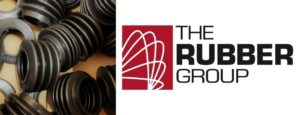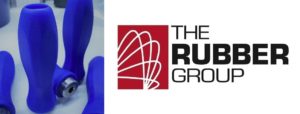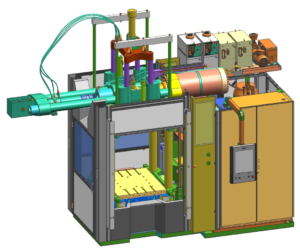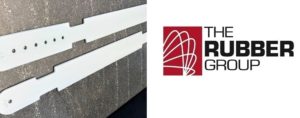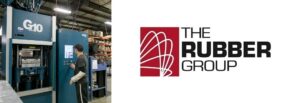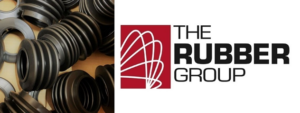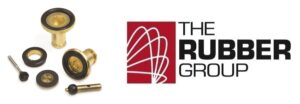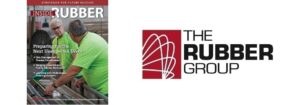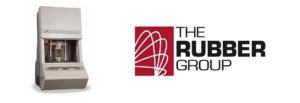Molding Services
The Rubber Group provides rubber molding services and helps customers specify molding tolerances for part drawings.
Read MoreSelecting the right silicone molding process for medical components is as important as material selection. TRG offers compression, transfer, and injection molding, and we can help you with process selection.
Read MoreTransfer molding for rubber products is used in industries such as electronics, automotive, aerospace, and medical devices. This rubber molding process combines elements of compression molding and injection molding, but offers distinct advantages for applications where intricate shapes, insert molding, or high dimensional accuracy are required. The Rubber Group offers transfer molding services along with…
Read MoreThe Rubber Group uses a DESMA 968.400 ZO Benchmark (S2) for large part injection molding.
Read MoreRubber compression molding produces elastomeric parts by placing a pre-measured amount of rubber into a mold, closing the tool, and applying heat and pressure.
Read MoreThere are three types of rubber molding processes: compression molding, transfer molding, and injection molding. Each has its own advantages and applications.
Read MoreRubber material selection involves physical properties, chemical resistance, temperature range, environmental factors, cost, and standards and regulations. The Rubber Group can help you to select the right rubber and provides custom rubber molding services that include injection, compression, and transfer molding as well as rubber-to-metal bonding.
Read MoreEngineering design reviews are critical to the success of any product, especially those involving molded rubber parts. Rubber molding supports a variety of applications and can produce parts ranging from simple seals to complex components for demanding environments. To ensure part quality and reliability, rubber molders need to conduct thorough engineering design reviews Engineering Design…
Read MoreMedical transfer molding provides tight control of part tolerances and can fill hundreds of mold cavities from a single pre-formed material. For both short runs and high volumes, this flexible manufacturing method supports complex shapes, thin-walled parts, and consistent dimensions.
Read MoreMedical transfer molding provides tight control of part tolerances and can fill hundreds of mold cavities from a single pre-formed material. For both short runs and high volumes, this flexible manufacturing method supports complex shapes, thin-walled parts, and consistent dimensions.
Read More
